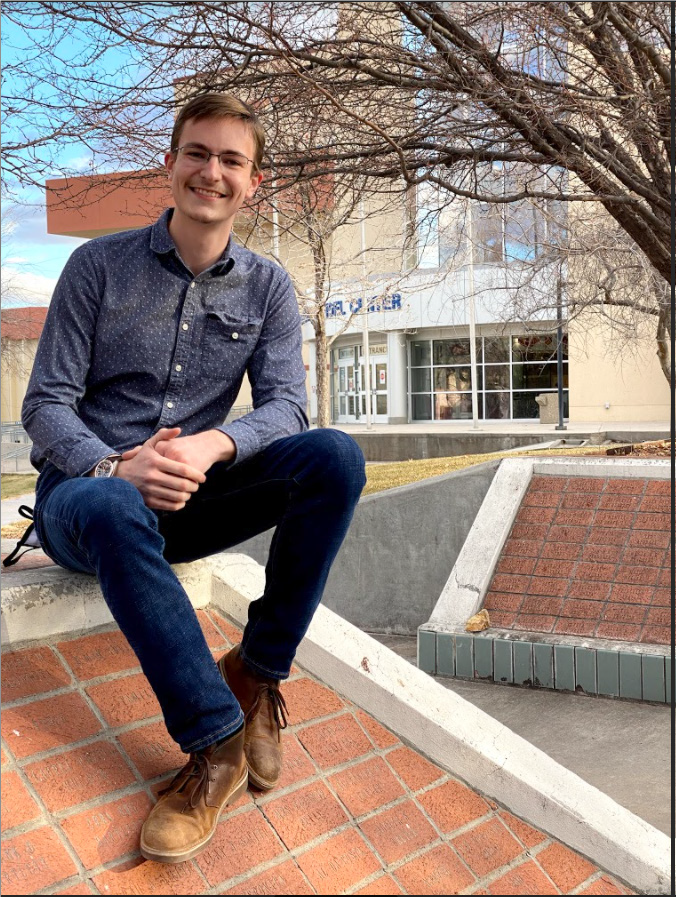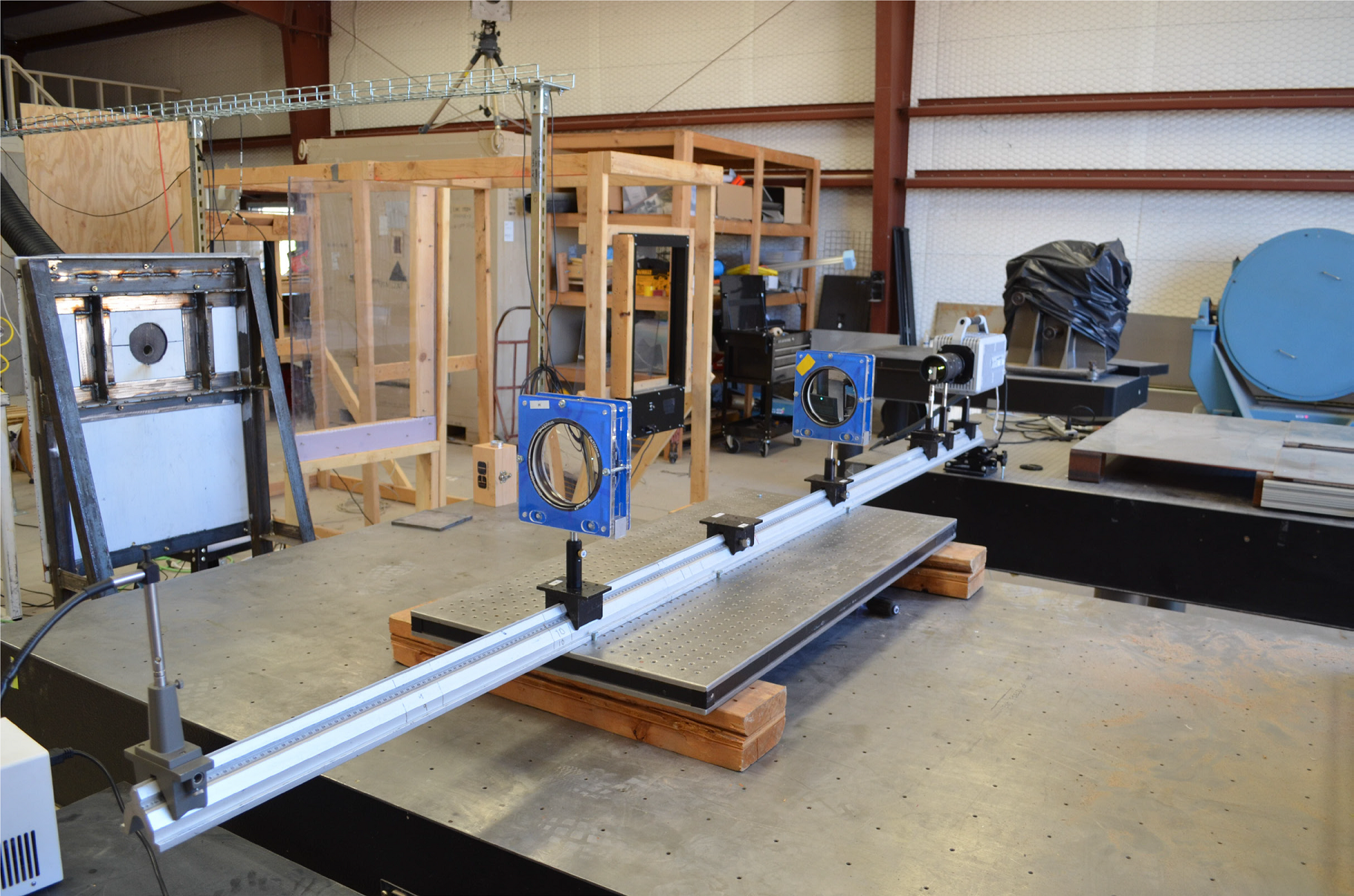Featured Research- Jason Falls
March 24 2021

Research can sometimes be monotonous, spending long hours in a lab trying to get calculations and simulations just right. Research can also be getting to shoot a .50 caliber gun. And .50 caliber guns are no joke, with the most well known one being the .50 Browning Machine Gun.
For Jason Falls, a Mechanical Engineering graduate student, this is his day to day life. Falls works under Dr. Hargather, pursuing his Masters in the field, with his current research project centered around the, “free flight density fields around ballistically launched projectiles.” Essentially meaning, he shoots a .50 caliber gun with a spitzer round to test the variation in the density of the field that the bullet passes through.
Falls first constructs a computer simulation in order to predict the density field, then he utilizes Schlieren imaging to obtain the first derivative of the refractive index of the projectile. Schlieren imaging allows a researcher to photograph the flow of fluids (this includes air) of varying density. Falls, specifically, utilized a lens based schlieren system.

“Instead of aiming light diagonally at a mirror, just aim it straight on at a lens to provide the parallel light on the test section...It’s predominantly used for smaller fields of view. We have 700 mm lenses with test sections in the range of 3-4 inches.”
As the bullet passes through this 3-4 inch window, it is traveling at Mach 2, meaning at twice the speed of sound (approximately 1535 mph or 685 m/s).
Jason applies the data gathered from these tests to compare to his simulations from his computer. He’s finding that he is, on average, underpredicting the density fields by around 5%. This can be due to the “characterization of noise.” While Falls may specifically be monitoring the spitzer round’s effect on the density Jason Falls: Graduate Research of the field it passes through, the noise of the firing can also impact the imaging test. The lenses he uses are also highly sensitive to issues and dust, which, well, we live in a desert.

Working under Dr. Hargather has motivated Falls to work even harder, “[He] pushes his graduate students to achieve only the best.” So while graduate school and research can be filled with busy days and long lab hours, at least there is always the chance to shoot cool guns, right?
- Alexandra Sartori
You can see more articles like this in NMT's Paydirt: https://nmtpaydirt.squarespace.com/print